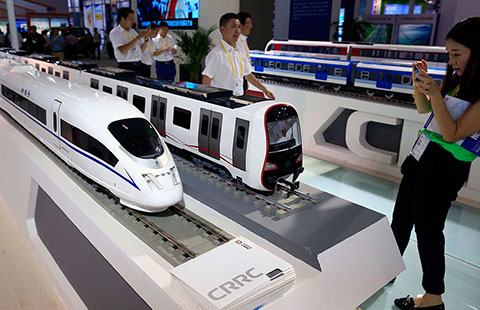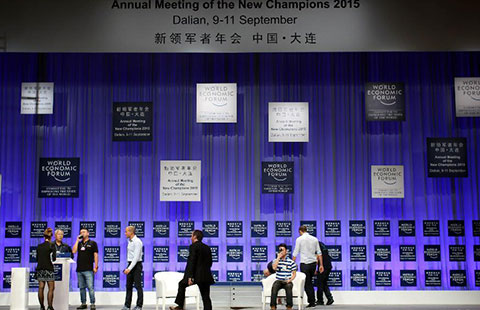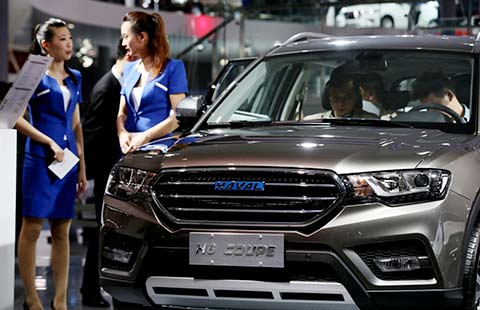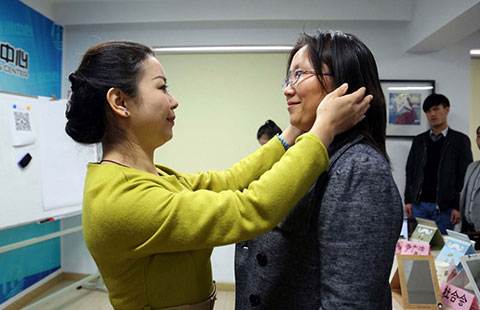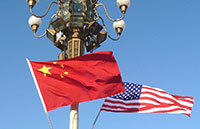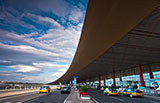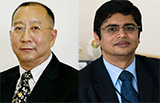Embraer's aviation dreams take wings
By BAI PING (China Daily) Updated: 2015-07-31 08:02Can you tell us more about your new deals?
So far, we have secured 223 firm orders in the China market including 188 commercial jets and 35 executive jets.
In China, we offer two series of commercial jets-the ERJ145 family and the E-Jets family. Besides the commercial jets, we are also the world's only executive aircraft manufacturer that offers a full line of executive jets, from the entry level Phenom 100E to the ultra-large Lineage 1000E.
Our Legacy 650 and Lineage 1000E models have been well received and are the most sought after executive jets in China. We also anticipate huge potential for the Legacy 500 to become the mid-size executive jet of choice in the China market.
Who are the Chinese customers of your executive jets?
The most famous customer is the actor and philanthropist Jackie Chan who is also our launch customer in China for the Legacy 650 and Legacy 500 aircraft. We expect to deliver a Legacy 500 to him by the end of this year. Our corporate clients include Minsheng Financial Leasing Co Ltd and ICBC Leasing.
China is creating more and more high net wealth individuals, so more people will be financially capable of buying executive jets. And entrepreneurs value efficiency and business opportunities more than the cost of an aircraft.
What has been your biggest achievement in China as the CEO?
Since Embraer entered China in 2000, its local sales have been impressive, which I would credit to our teamwork. We started in Beijing with a handful of employees. Now we have around 300 people in manufacturing, marketing, sales and after-sales services.
What has been your secret of doing business in China?
First and foremost, it's about knowing the market well and aligning your business with the market demands.
Second, a global company should build a team familiar with Chinese culture and market so that it can always react quickly to the market.
What's an effective leadership for a foreign company in a Chinese environment?
Working for a Brazilian multinational company in China, I need to be deft in both Brazilian and Chinese cultures, and try to transplant the essence of the Brazilian management concepts into the local context.
The fundamental thing to manage a multinational is to localize, both in management style and in building a talent pool. Many multinationals failed to deliver this concept. Embraer China has an effective decision-making process and our communication with the headquarters is very smooth. Cultural differences always exist and the only way to cope with them is patience, persistence and constant communications.
How do you get along with your local partners?
We share interests and risks, and work toward the same goal. In 2003, we established Harbin Embraer Aircraft Industry Co with Harbin Aircraft Industry Group, a subsidiary of Aviation Industry Corporation of China. It has been doing very well.
Localization is very important for our success and good relations with local partners. To achieve this goal, we make the best use of the local talent pool, and so far, only 5 percent of the HEAI employees come from Embraer.
How do you motivate an international team?
First, we educate the team that no matter where they are from, they share the same goal-to serve our customers.
Second, we try to align the growth of the employees with the growth of the company, so that everybody can benefit from the company's development.
Third, we never differentiate the Brazilian team from the Chinese team, or from the US team, but try to unite all as an Embraer team.
How do you handle hardships and setbacks, if any?
Three words: persistence, patience, and determination.
What do you think about the Chinese Dream? What are your dreams or ambitions in China?
Chinese people have long passed the stage of seeking adequate food and warm clothing. The Chinese Dream is probably about the pursuit of a state of affluence and well-being-not only physically but also mentally.
For business ambitions, I hope more Embraer aircrafts will link the second- and third-tier cities so local people can enjoy the mobility in a comfortable and cost-effective way. There is still a big market blank to fill in. Across China, there are only 200 commercial airports in operation. In remote areas, people will need smaller, cost-effective aircraft to facilitate a convenient, sustainable transportation.
- 2015 China International Fair for Investment and Trade kicks off in Xiamen
- China's commodity imports robust in Jan-Aug period
- China stocks rebound 2.92%
- 2015 China box office already past 2014 total
- China foreign trade decline widens in August
- Interview: JP Morgan's senior executive bullish on China
- Innovation, development the focus for NZ mayors
- Lives of freelancers
